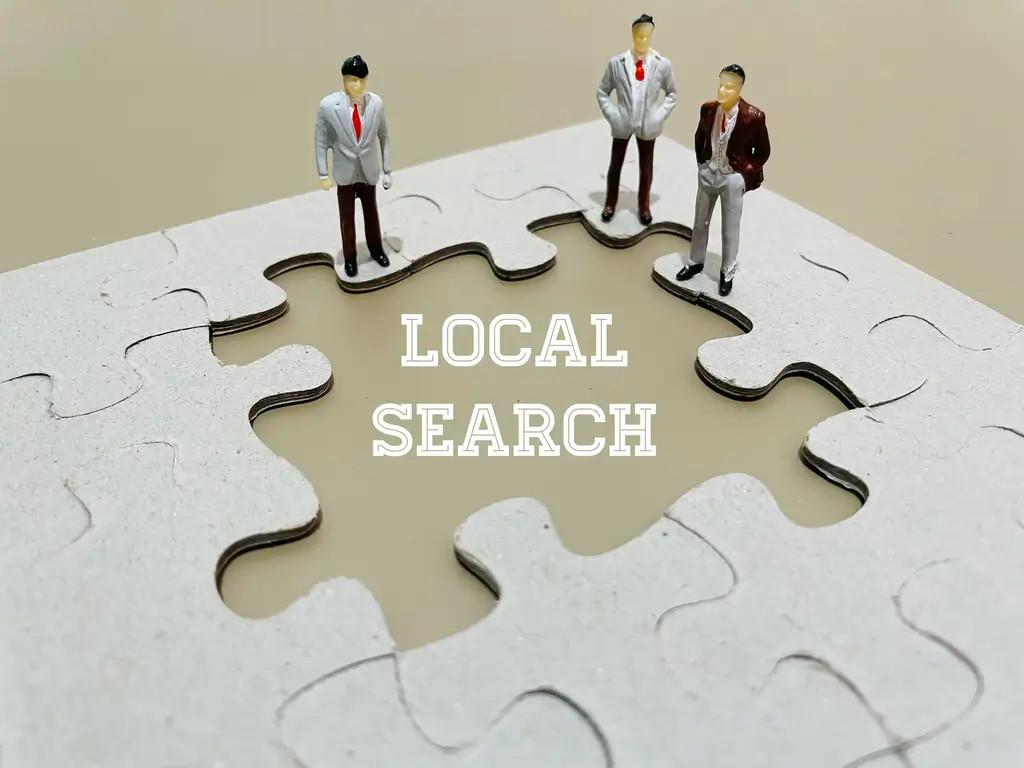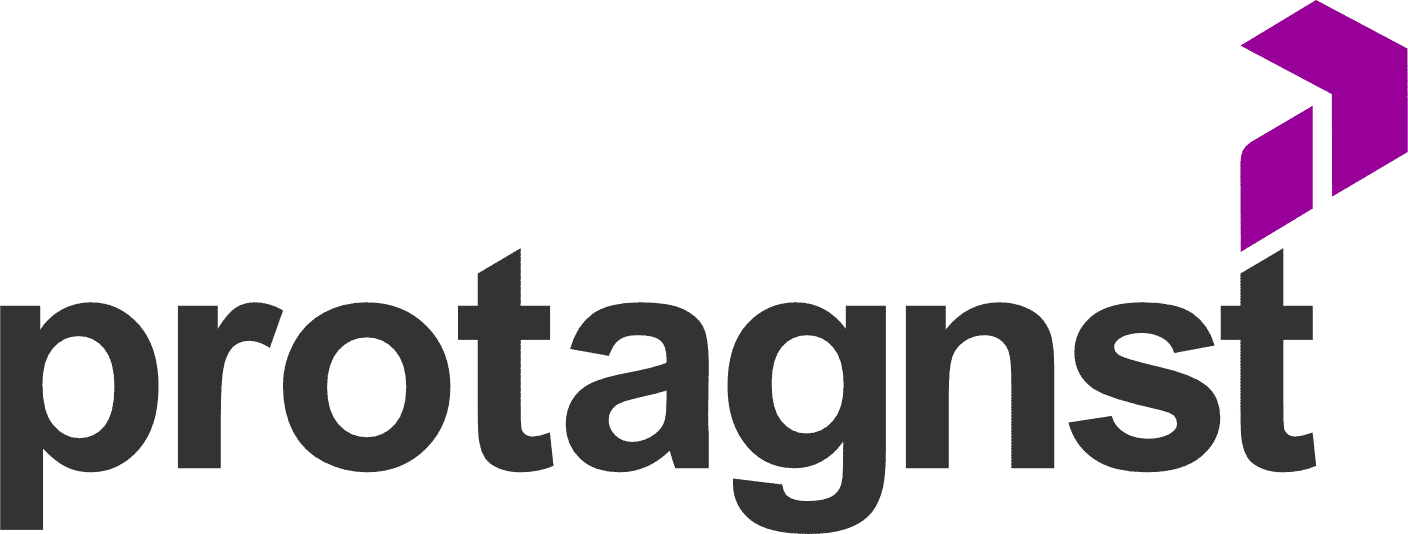How to Sell Digital Marketing Services to Local Businesses

Understanding the Local Market When you decide to venture into the world of local business, understanding your market is crucial. It’s not just about selling more; it’s about connecting with your community. In this guide, you’ll find effective strategies to navigate the local market, leveraging consumer behavior and analyzing your competition strategically. The Importance of […]
Role playing in sales: how to achieve super results with the technique?

Letting sales teams develop quickly and gain experience is every company’s dream. To achieve this, role-playing in the corporate environment has proven to be a powerful tool. As a dynamic of role-playing and scenario interpretation, sales role-playing fulfills the role of providing this experience to employees but in a controlled environment without compromising relationships with […]
Inside Sales: The Ultimate Guide

In this article, we’ll dive into what inside sales is all about. We’ve put together a comprehensive piece to help you grasp the concept, exploring both its advantages and disadvantages. For this sales model, it’s best to adopt a consultative approach, implementing techniques like SPIN selling and lead qualification. This method works for both inbound […]
Discovery Call: what it is and how to use it in B2B sales

What is a Discovery Call? If you’re involved in B2B sales, you’ve likely heard the term “Discovery Call.” But do you know exactly what it means? In this article, we’ll explore the concept of a Discovery Call and how it can be a powerful tool in the sales process. A Discovery Call refers to an […]
23 ways to upsell and cross-sell without the hassle

**Upselling** and **cross-selling** are two terms that we don’t come across very often in our daily lives. However, those who work in sales certainly have upselling and cross-selling as goals in a negotiation. After all, they are two ways to increase revenue. In simple language, upselling and cross-selling are ways to increase the value of […]
How a Focus on Problem Solving Drives Sales DNA

Sales DNA: The Importance of Problem Solving in Sales The ability to solve problems is an essential characteristic for successful salespeople. However, while many salespeople may rely solely on their persuasion and negotiation skills, those who stand out are those who focus on finding solutions to their customers’ challenges. This is because when salespeople become […]
Gatekeepers: The Ultimate Guide to Successfully Getting Through

What is a Gatekeeper, Anyway? If you’re a B2B sales professional, you’ve probably run into a “gatekeeper” in your sales approach. Gatekeepers are the folks responsible for filtering and controlling access to decision-makers within companies. In this definitive guide, we’ll explore effective strategies for getting past gatekeepers and achieving your sales goals. Throughout this article, […]
The main benefits of a CRM: how to improve your B2B sales

What is CRM and How Can it Benefit B2B Sales? You’ve probably heard of CRM, but maybe you’re not entirely clear on the key benefits this tool offers in the B2B sales environment. In this article, we’ll explore in detail how Customer Relationship Management (CRM) can revolutionize your sales approach and help you maximize your […]
What are leads? How to capture, calify and convert?

Lead, leads, lid, lides, leed. The spelling varies, but the essence is the same: potential clients. Maintaining a healthy business environment involves many factors. There are external ones, like the overall state of the economy, which are often beyond our control—and the pandemic is proof of that. But there are also internal factors, which depend […]
Online consultants to boost your business

In the business world, success is often in the hands of true heroes who, like a nautical compass, guide us through the vast ocean of business decisions. These heroes, also known as Online Consultants, work tirelessly to help companies overcome challenges and achieve their goals. Like a lighthouse in the middle of a storm, they […]

